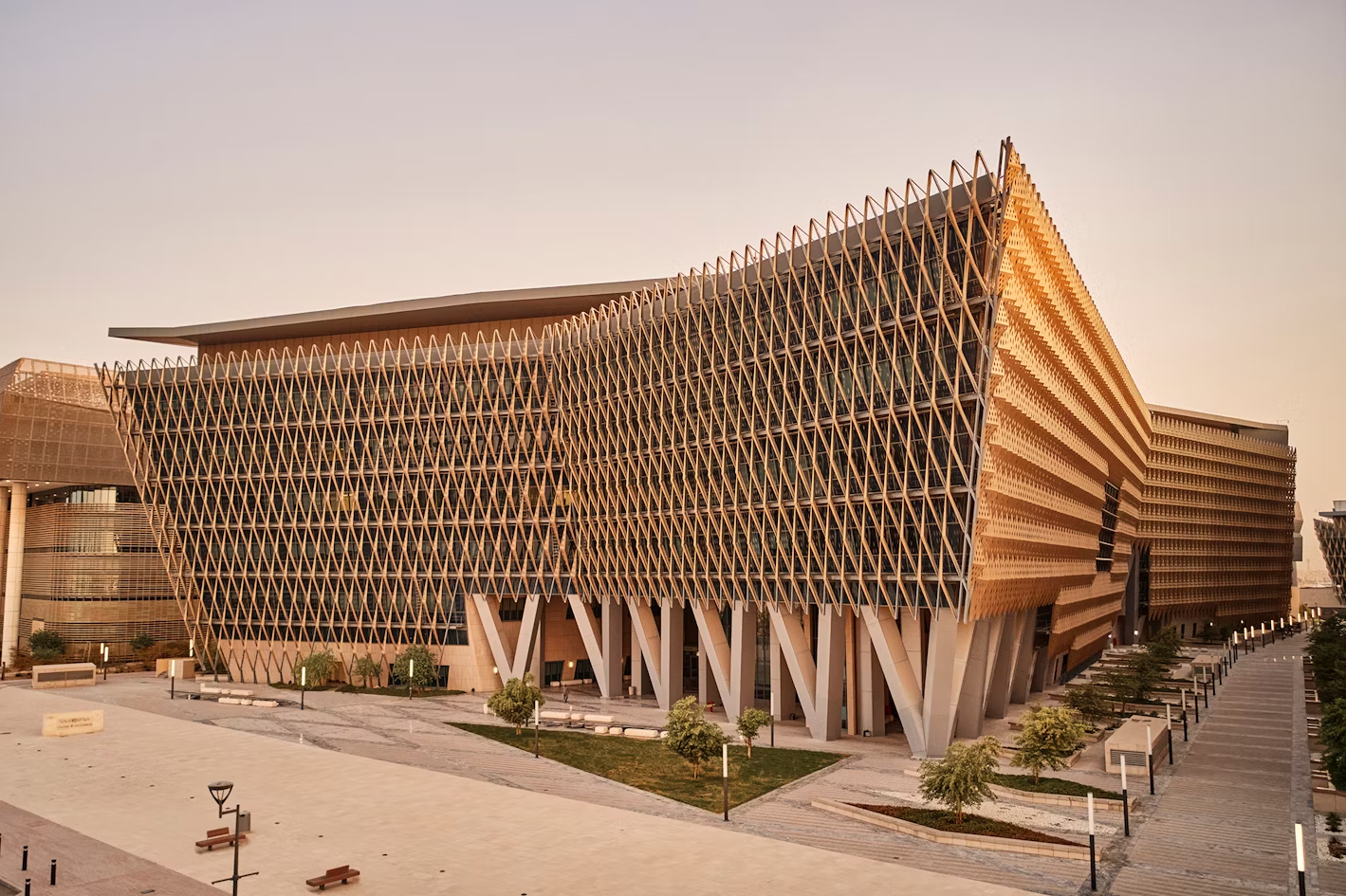The Emerging Conversation Around Identity
Across Kuwait’s vibrant college campuses, a quiet but noticeable shift is taking place as more students experiment with gender expression and clothing choices that blur traditional lines. This evolving phenomenon, often referred to as cross dressing, is sparking deep conversations about identity, culture, and personal freedom among the nation’s youth.
While the term might sound controversial, for many students it is less about rebellion and more about self-expression. It reflects a growing generation of young Kuwaitis eager to explore individuality within a rapidly globalizing world, even as they remain deeply connected to their traditions.
This trend does not necessarily represent a rejection of cultural values; rather, it reveals the nuanced ways in which young people today are trying to understand themselves in a modern context, navigating between global influences and local expectations.
A Generational Shift in Expression
Kuwait’s youth have always been deeply connected to global fashion and digital culture. Through platforms like TikTok, Instagram, and YouTube, they are exposed to diverse styles, personalities, and lifestyles. The boundary between what is considered masculine and feminine in fashion has become increasingly blurred worldwide, and this influence is now visible on local campuses.
Students in universities across Kuwait, from fine arts departments to business schools, are dressing in ways that challenge gender stereotypes. Some young men experiment with softer fabrics, pastel tones, or jewelry typically associated with women, while some women embrace more androgynous or masculine styles. For many, these choices are about aesthetics and confidence rather than a statement on gender identity.
Fashion, in this sense, becomes a language a tool for self-definition and emotional authenticity. The desire to be seen and understood as individuals drives much of this movement. As one student shared in a campus discussion, “It’s not about breaking rules. It’s about being comfortable in my own skin.”
The Influence of Social Media and Global Culture
Global pop culture has played a significant role in shaping how young Kuwaitis perceive self-expression. International icons, K-pop artists, and global fashion influencers often embrace gender-fluid fashion. Through their bold styles, they challenge stereotypes, inspire confidence, and normalize individuality.
For many college students, these influences have made it easier to experiment with appearance without necessarily feeling like they are defying societal norms. Online communities provide validation and support, helping young people feel that they are part of a larger global conversation about identity and creativity.
Social media has also amplified voices of acceptance and dialogue. Posts, reels, and podcasts produced by Kuwaiti youth often explore themes like gender expression, emotional health, and individuality in a respectful, culturally aware manner. This marks a remarkable evolution in how the country’s younger generation communicates about sensitive issues with empathy, openness, and reflection.

Cultural Sensitivity and Social Perceptions
However, the growing visibility of cross dressing among college students has also sparked debate. Kuwait, like many societies in the Gulf region, holds deeply rooted traditions and values influenced by religion and social norms. Some view the trend as a challenge to these norms, while others believe it reflects a natural process of cultural adaptation.
What is essential to understand is that these expressions often arise not from a desire to provoke, but from a desire to be authentic. Youth identity in Kuwait today exists at a crossroads between local values and global realities. For many students, navigating this balance requires care, maturity, and an understanding of how fashion and identity can coexist with cultural pride.
Educators and community leaders are increasingly recognizing the need for dialogue rather than judgment. Discussions about appearance and self-expression are moving from whispers in hallways to structured debates and forums where young people can safely articulate their views. Such spaces foster empathy and prevent misunderstanding, encouraging mutual respect across generations.
The Psychology of Self-Expression
To truly understand why some students choose to cross dress, one must look beyond appearances. Psychologists note that clothing choices are often tied to deeper feelings of self-confidence, belonging, and emotional balance.
For some students, dressing differently becomes a way to reclaim control in a world filled with pressures such as academic stress, social expectations, and identity uncertainty. The act of choosing how to present oneself publicly can serve as a form of empowerment.
Moreover, this behavior often intersects with broader mental wellness conversations. As awareness about emotional health grows in Kuwait, students are finding new, healthy outlets for self-expression. Whether it’s art, music, or fashion, each form allows them to express what words sometimes cannot.
Conversations on Campus
At several universities, the topic of cross dressing has become part of student-led panel discussions and awareness sessions about individuality and tolerance. Student unions and cultural clubs have been holding informal gatherings to talk about the evolving definition of self-expression.
While some debates are heated, they also highlight the country’s growing openness to dialogue. Many young Kuwaitis express the belief that respect, not conformity, should be the foundation of campus culture.
An arts student shared during one session, “We are not trying to imitate anyone. We just want space to express creativity in how we look, just like we do through our art.”
Such exchanges underscore that this generation is not seeking confrontation. Rather, they are advocating for empathy—a world where individuality can coexist with cultural identity.
Media Representation and Public Dialogue
Local and regional media have begun covering this topic more frequently, reflecting public curiosity about the shift in youth behavior. While reactions vary, the increasing visibility has opened doors for nuanced discussion.
In television talk shows, podcasts, and online commentaries, experts are calling for understanding rather than condemnation. Many note that cross dressing as a concept is often misunderstood it does not necessarily imply a change in gender identity or values but can simply be a personal or artistic expression.
This shift in narrative is important. By framing the discussion around identity and creativity rather than controversy, society can better engage with the realities of young people growing up in an interconnected world.

The Role of Education and Guidance
Universities play a pivotal role in shaping how students perceive themselves and others. As cross dressing and gender-fluid expression become more visible, educators face the challenge and opportunity to guide students toward understanding diversity and maintaining respect for cultural boundaries.
Some professors encourage critical thinking about global culture and identity. They remind students that self-expression should never come at the expense of cultural respect or dignity. The best way forward, they suggest, is balance celebrating individuality while honoring one’s heritage.
Workshops on emotional intelligence, mental health, and inclusive communication are also gaining traction across Kuwaiti colleges. These programs are helping students understand themselves and their peers in deeper ways, reducing stigma and fostering healthier, more open environments.
The Impact on Fashion and Lifestyle
The ripple effects of this trend are also being felt in Kuwait’s fashion scene. Local designers and boutique brands are experimenting with unisex collections, neutral color palettes, and modern silhouettes.
For some, this shift represents more than just fashion; it’s a cultural evolution. Designers see it as an opportunity to create clothing that celebrates comfort, confidence, and creativity, rather than adhering strictly to traditional gender categories.
Fashion events, social media influencers, and content creators are also reflecting this inclusivity, showcasing styles that appeal to broader audiences while maintaining elegance and modesty. The fashion community’s growing openness may, in turn, help normalize expression in everyday life.
Voices from the Youth
When speaking to students about the growing trend, a common theme emerges freedom with responsibility. Young people express that they are not trying to disrespect tradition, but rather to explore who they are within its framework.
A student from a design college noted, “We grew up with the internet. We see people expressing themselves in so many ways, but we also respect where we come from. We just want to find our own version of balance.”
This generation’s empathy-driven mindset is striking. Many are calling for kindness, understanding, and awareness over quick judgments. They hope for a Kuwait that can remain true to its values while embracing its youth’s diversity and creativity.
Parental Perspectives
Naturally, this shift in youth behavior has sparked concern and curiosity among parents. For some families, the idea of cross dressing challenges long-held beliefs about gender and social norms. But many parents are also beginning to listen more openly to their children, realizing that times are changing and that understanding is more effective than strict control.
Family psychologists in Kuwait emphasize the importance of dialogue. They encourage parents to ask questions, listen to their children’s feelings, and recognize that experimentation in youth often reflects a search for identity rather than rebellion.
As one parent put it during a community forum, “I may not understand everything my child does, but I want to make sure they know they are loved and respected.” Such statements reflect a hopeful trend that of compassion replacing fear.
The Road Ahead: Balancing Freedom and Culture
Kuwait stands at a unique intersection, a society deeply proud of its heritage yet influenced by a rapidly globalizing world. The emergence of cross dressing among college students is one reflection of how its youth are navigating that intersection with courage and curiosity.
The challenge now lies in fostering open, empathetic spaces where self-expression can coexist with tradition. Rather than framing this as a cultural divide, Kuwait has the opportunity to lead by example, showing that mutual respect, understanding, and dialogue can strengthen, not weaken, societal harmony.
The youth of Kuwait are not simply following a global trend; they are redefining what it means to be Kuwaiti in a modern age. Their story is not about rebellion but about rediscovery a quest to express identity with confidence while carrying forward the timeless values of respect, family, and community.
Conclusion: A Reflection of Growth
The rise of cross dressing in Kuwait’s colleges is not a story of defiance but of evolution. It highlights how young people are reshaping cultural conversations, not through conflict but through expression.
As Kuwait continues to evolve, these discussions around fashion, identity, and personal freedom will likely deepen. They remind society that growth is not about abandoning the past but about understanding how tradition and modernity can coexist.
In the end, this movement, controversial or not, reveals something profoundly human: the desire to be seen, to be understood, and to live authentically. It is a journey of self-discovery, one that Kuwait’s youth are walking with curiosity, courage, and an ever-present respect for their roots.
Do follow Gulf Magazine on Instagram.
Also Read – Winter Wonderland Kuwait Returns With Spectacular Fourth Season



